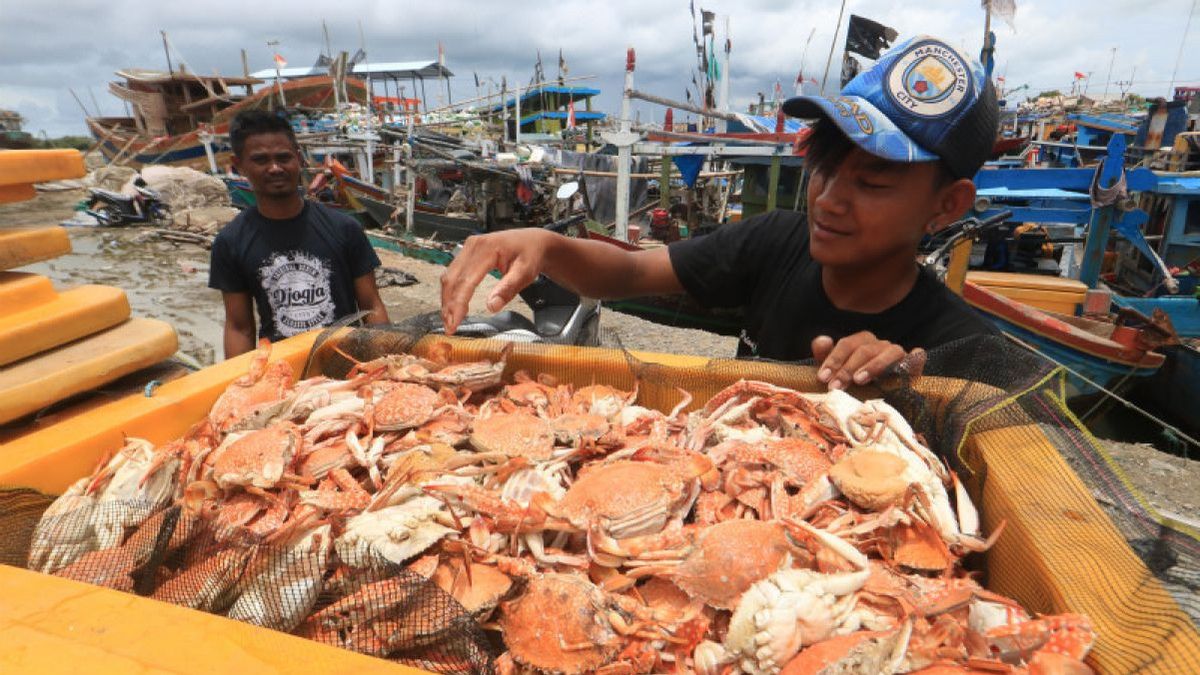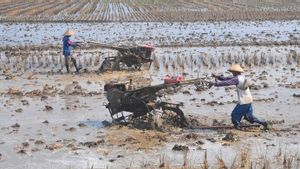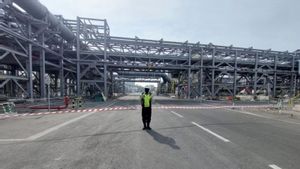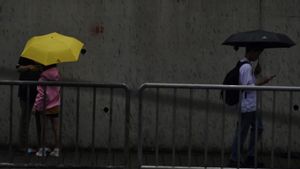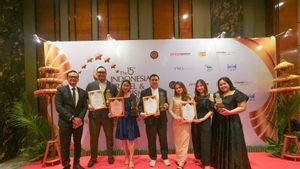JAKARTA - Chairman of the Indonesian Rajungan Management Association (APRI) Kuncoro Catur Nugroho said, the development of the potential for Rajungan fisheries (portunus pelagicus) is needed through sustainable cultivation or innovation of improvement.
"The potential for fisheries in Indonesia as a leading export commodity must continue to be managed sustainably to maintain this fishery potential," Kuncoro said as quoted by ANTARA, Wednesday, October 16.
He stated that so far the krustacean class commodities have been widely developed in the cultivation sector such as shrimp, crabs, crabs, and lobsters.
"There is still little development for the stalls," he said.
In fact, the Ministry of Maritime Affairs and Fisheries (KKP) noted that the production of the Rajungan in Indonesia is 101,535 tons with a value of Rp5.04 trillion in 2022, so it has the potential to continue to be developed, considering that one Rajungan that lays eggs can hatch millions of crabs.
For this reason, he said, cultivation is a long-term step towards sustainability because in the process of getting there the treatment of these seeds is very important for the process.
"It's just a matter of how to make the seeds grow into stalls that are ready for export, which of course need joint collaboration in an effort to answer these challenges," he said.
APRI collaborates with Hasanuddin University (Unhas), Makassar, Institute of Marine and Environmental Technology (IMET), andturbative Environmental Research Center (SERC) in innovation to improve and optimize the development of the Rajung.
From July to September 2024, APRI produced thousands of competitive seeds with experts in the field of alga or natural feed from IMET, Baltimore, Maryland, United States, Dr Oded Zmora.
Zmora stated that one of the biggest obstacles to this Rajungan commodity is the high level of rajungan cannibalism, making the level of smooth life (SR) low and the availability of feed that is important for the growth of Rajungan life which is also quite high.
He conveyed that the feed food diet can be an alternative solution to the problem referred to by enrichment (enrichment) in natural feed so that the need for feed is sufficient and not quickly hungry.
The addition of shelters is also important for the intersection for shelter.
Availability of natural feed is an important key to successful improvement. Rajungan in the zoea to megalopa phase requires abundant natural feed in order to reach the seed phase for 14 days and after that feed can use rucah fish.
In addition, he said, it is also necessary to optimize artemia as a food stall which of course can be a nutrient for food growth.
Artemia, which is mass-culted and enrichment of nutrients, can of course also reduce feed production costs.
SEE ALSO:
This cleaning process, he said, took about 1 month to produce a crab stall measuring 2-4 cm wide of karapas
While the zoea phase stage becomes a megalopa, it becomes a critical point for maximum treatment, both from water quality and feed and nutrition needs.
After becoming a crab stall, you must also do sizing and grading to find out the success rate of the crab seeds, which of course is hoped that with the success of the mother lodging the eggs to become crab, this can increase the stock of the stalls later, namely that when the Rajungan season is decreasing with this improvement innovation, the stock of the stalls can be maintained.
The English, Chinese, Japanese, Arabic, and French versions are automatically generated by the AI. So there may still be inaccuracies in translating, please always see Indonesian as our main language. (system supported by DigitalSiber.id)
